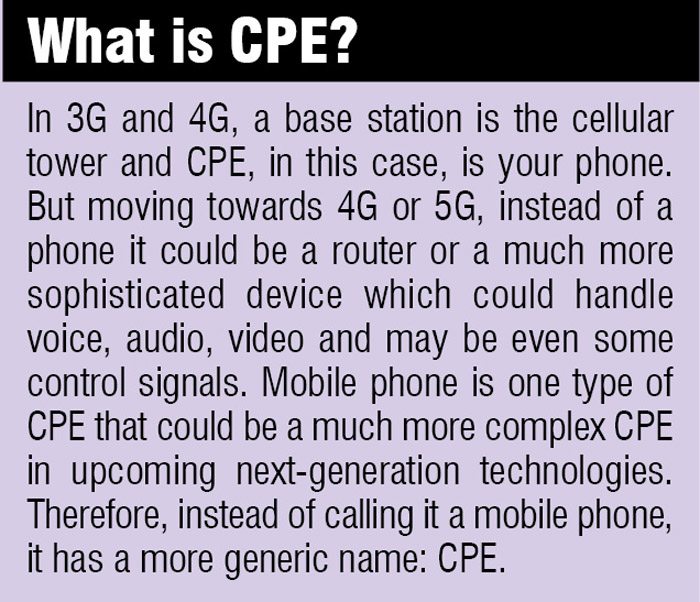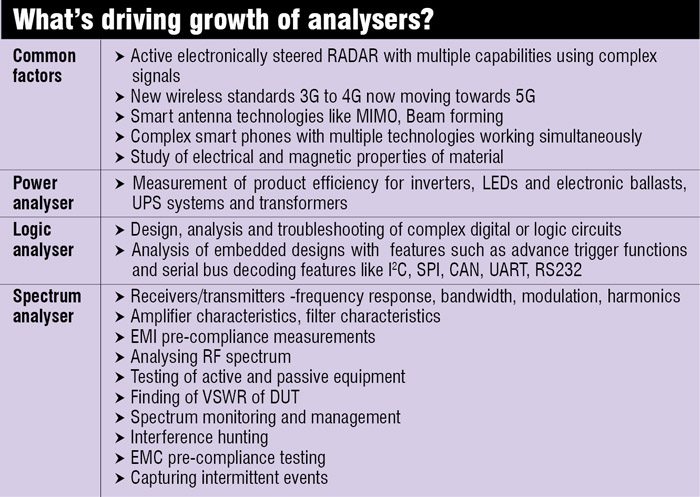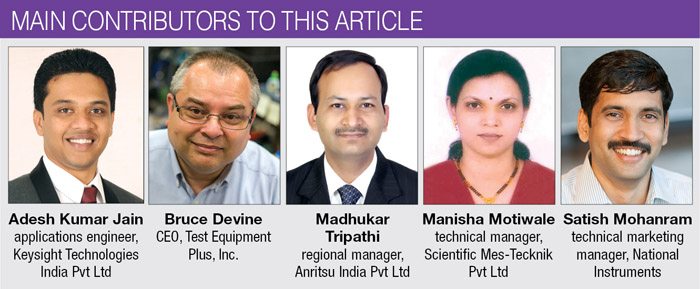Also, many power applications have fast-changing asynchronous current pulses which are not suited to fixed data length FFT analysis. Hence, gapped analysis causes events to be missed, resulting in inaccurate measurements. “The Newtons4th Ltd (N4L) power analysers use real-time discrete Fourier transform (DFT) technique with variable-window no-gap analysis to ensure the optimum speed and accuracy at all times,” says Motiwale.
Why FPGA based analysers
 Apart from the flexibility, FPGA based analysers are better for hardware in-loop testing and test coverage in time. Today, systems are all interconnected. There is lot of security and logic built into every communication protocol to ensure that no signal or information is lost when it goes from one end to another.
Apart from the flexibility, FPGA based analysers are better for hardware in-loop testing and test coverage in time. Today, systems are all interconnected. There is lot of security and logic built into every communication protocol to ensure that no signal or information is lost when it goes from one end to another.
Consider people who are building multiple-input and multiple-output (MIMO) systems to define the next generation of mobile communication called 5G. One of the biggest challenges that engineers face is having to define and implement the base station or customer premises equipment (CPE) even before the standard is defined. “In this case, you need logic analysers, spectrum or RF signal analysers, which can really behave as though it’s a physical phone, and at the same time analyse the complete protocol that goes between the base station and the CPE. So the protocol is being defined and at the same time you are trying to emulate a particular device. This is not possible with traditional spectrum, logic and RF analysers,” informs Mohanram. With FPGA technology, it becomes possible.
Testing is becoming a lot more thorough. According to Mohanram, “Earlier perhaps people used to test four different points, which is a small example, on a protocol to say it is fine. But today, instead of testing limited number of points, they could test pretty much all different points on the curve. So very thorough testing is possible because of FPGA.” FPGA is basically a concurrent logic; everything happens in parallel and, because of that, the set time also drastically comes down.
Selecting the right analyser
Flexibility is one factor that is often missed out while selecting analysers. Scientists and engineers are comfortable using traditional instruments and have stuck on to those. It is a mindset people have stuck on to, but now it is slowly changing. People realise, if they have the capability to define exactly what the analyser can do, they really are able to make optimal use and get the best throughput out of the system or the instrument they are building.


Mohanram says, “What we generally ask them is, ‘Tell us what you exactly want to do with an analyser?’ and we make them do it right in front of us by guiding them on how they could go about bending the instrument according to their requirements rather than adjusting with what the vendor typically provides,” He adds, “Because of the buzz surrounding defining functionality of these instruments, that mindset is slowly changing, and I think that’s one point I would like to emphasize which people should keep in mind while selecting these products.”
Another factor that people generally ask while selecting analysers is, “Can this analyser analyse this particular protocol?” If it is followed by a yes, they immediately go for it, informs Mohanram. But the real question should be, “Can it be done in real time?” This is not considered while picking analysers. Real-time analysis helps users to do a two-way communication analysis, be it logic or communication from a RF stand point. People forget to ask about real-time capabilities and get into trouble after getting the instrument.
Talking particularly about power analysers, Manisha Motiwale, technical manager, Scientific Mes-Tecknik Pvt Ltd, informs, “Manufacturers normally specify basic accuracy, but user should consider the accuracy specification for the complete range in which measurement is done. Also, one should check the standard and optional features, and accessories as per requirement.”
Why real-time processing
In most cases, what usually happens is that the test engineers are told, “You have to test this particular protocol coming from your system. Get an analyser for that,” informs Mohanram. He says, “That’s the mandate an engineer gets. Sure there are a lot of analysers which can analyse that particular protocol, but what they don’t share is the information on how they do that analysis.” These analysers capture all the information and a software on the instrument takes that data and processes it off-line to give the analysed information.
In the above case, if a particular protocol needs handshaking, it becomes completely impossible for people to use those off-line analysers. Handshaking means, based on an incoming signal, the analyser has to generate some other signal to establish communication and, once that happens, it starts pumping out data. In such cases, it is not feasible to use off-line analysers. To avoid this, engineers should look for online analysers.






